Her majesty the lasagna, the queen of all Sunday lunches, one of the most loved and imitated dishes all over the world: what a better opening for our cooking format!
Lasagna is an institution, a symbol of the richness and variety of Italian cuisine, in particular the Bolognese recipe - a triumph of layers of egg pasta, meat sauce, béchamel and parmesan - but many other regional variation exist, too (like the Napolitan or the Sicilian one).
So come with us and learn how to cook lasagna according to tradition, some regional variations and its background history.

How to cook lasagna: the Bolognese recipe

Here is how to cook lasagna according the Bolognese traditional recipe.
Ingredients for 4 servings:
For the béchamel sauce (also called "white sauce"):
- Flour 00 (80g)
- Butter (60g)
- Whole milk (1 litre)
- Salt and nutmeg to taste
For the ragù:
- Minced beef (400g)
- Pancetta (around 100g)
- Celery, onion and carrot for the sauté
- Sieved tomato passata (750g)
- Extra virgin olive oil, salt and pepper
- Grated Parmigiano Reggiano to taste
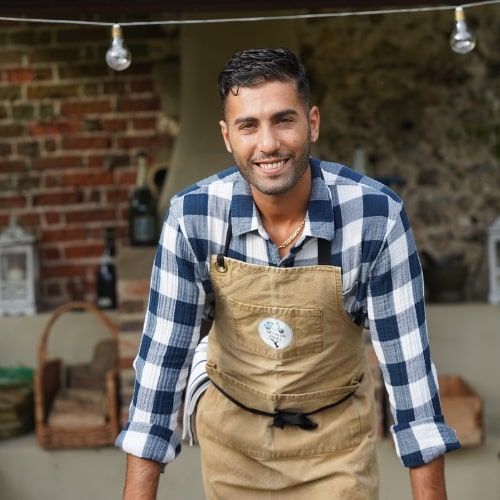
Hand the floor over to Francesco Mattana, Italian Chef and Food Creator based in London
"In Italy, lunch and dinner are moments of reunion for all the family. It's a time to relax and share the stories of the day. The biggest meal of the week for us is "il pranzo della domenica" (Sunday lunch), which is a very late lunch "at home" with the reunion of nonni, zii e cugini (grannies, uncles, aunties and cousins). Of course, this already makes a special lunch on its own but when the queen of all Sunday lunches, the lasagna, is added to the table then everything becomes a little more special. Lasagna for me is a dish made for sharing, to bring everyone together at the table and a great way to collect beautiful memories.
When cooking lasagna there are a few things you might need to know to bring your lasagna to the next level!
1. Fresh egg pasta is unbeatable when used in lasagna so if you can use fresh pasta. If you are using dry pasta you can use them dry without blanching them in boiling water first but make sure to keep your ragu and your bechamel sauce a little more loose as the dry pasta will absorb more liquid. If you don’t do this, your lasagna might end up a little too dry.
2. After all your hard work letting the lasagna dry out during the cooking would be a real shame. Make sure to cover with tin foil for 35-40 minutes then uncover for the last 10, so that it develops a nice crust. Let the Lasagna rest for at least 10-15 minutes after baking. Do not worry, it doesn't get cold! Cutting freshly baked lasagne is a big mistake, as it will fall apart during portioning."
Have a look at Francesco's culinary adventures on his Instagram page our_cookingjourney.
Preparation
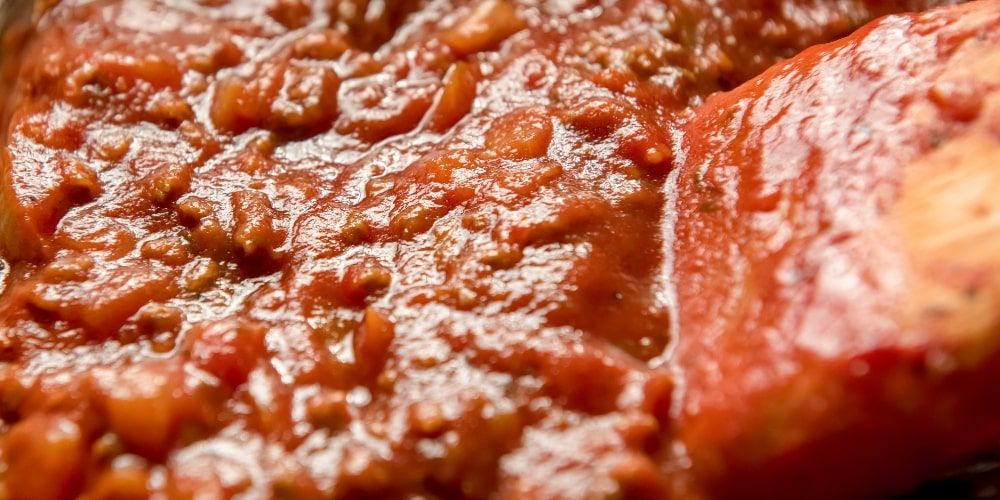
According to tradition, lasagne are made with fresh handmade pasta sheets, but If you don’t want to lose your time, just buy at least a pack of dry egg lasagna sheets (about) 400 g.
The recipe is pretty simple. For the béchamel sauce, start by preparing the roux: melt the butter over low heat and add the flour, stirring rapidly, until you obtain a velvety and lump-free mixture. Now add the cold milk and mix until you get a thick cream. Pay attention to not boil it. As a final touch, just add salt and nutmeg to taste and voilà: your béchamel sauce is ready.
The preparation of the ragù takes a bit longer, because ingredients need to blend properly. Start by preparing the soffritto, cutting carrots, celery and onion into small pieces and frying this mix in a pot. When the soffritto is ready, add the minced meat and pancetta and cook for at least 15 minutes. Add the tomato and let it go for at least 45 minutes over medium heat, until the desired density is reached. Add salt and pepper to taste.
At this point you just have to put your masterpiece together. Take a baking dish and start spreading a layer of béchamel, followed by a layer of ragù and one of egg pasta sheets.
Once you have finished alternating the layers, cover everything with a generous sprinkling of grated Parmesan, which will crunch marvellously in the oven.
Put the dish in the oven and cook for at least 30 minutes at about 180°C.
Take out the dish and leave to cool for a few minutes, garnish your lasagna with a few basil leaves and serve: buon appetito!
History of lasagne
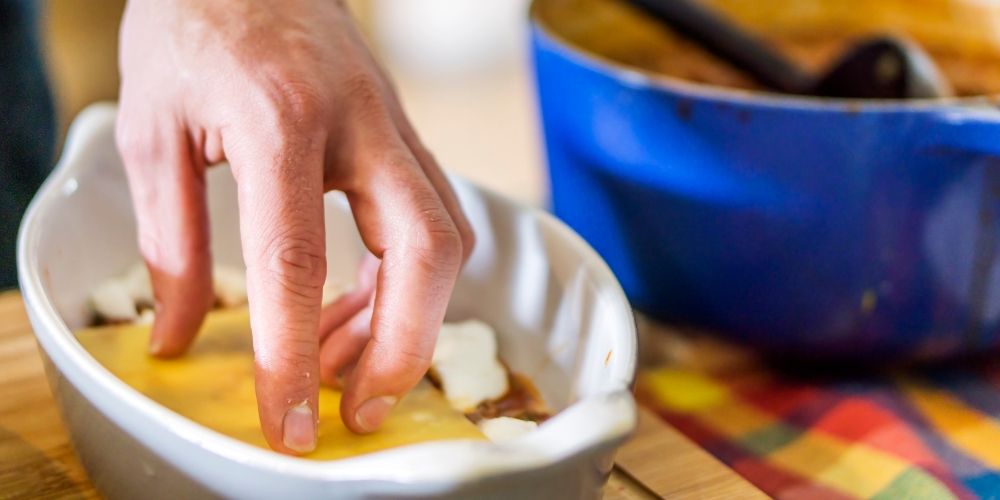
The epic journey of the lasagna started as a simple kind of baked bread filled with meat and come straight to the layered masterpiece delighting our Sunday lunches that we know nowadays.
It's hard to trace the official paternity of this dish: it's too widespread and has too many variations. Indeed, at the time of the ancient Romans something similar to today's lasagna was already prepared and it was called "laganum" (taken from the Greeks who called it "laganon"): the early version was made by rectangular sheets of wheat flour filled with meat. We know this thanks to De re coquinaria, a culinary document that has enlightened us on Rome's food past.
Cheese peeps out in the recipe towards the 14th century in the codification of a Neapolitan recipe book of the Angevin Court (the Liber de Coquina), while the tomato appears since 1881. The presence of stringy cheeses in southern and central Italy suggests that the idea of filling the sheets - perhaps with mozzarella - came from this area.
We hear about the amazing idea of layered lasagna in a book from 1863 by the Emilian statesman Francesco Zambrini, who studies medieval cuisine: we are not too far from the current lasagna!
Something is still missing: the spinach and egg pasta sheets with its classic green colour. Paolo Monelli talks about them in his 1935 The wandering glutton and this is enough to fix the Bolognese lasagna in the Italian collective memory.
Enjoy all the specialties of BolognaHow to cook lasagna: regional variations
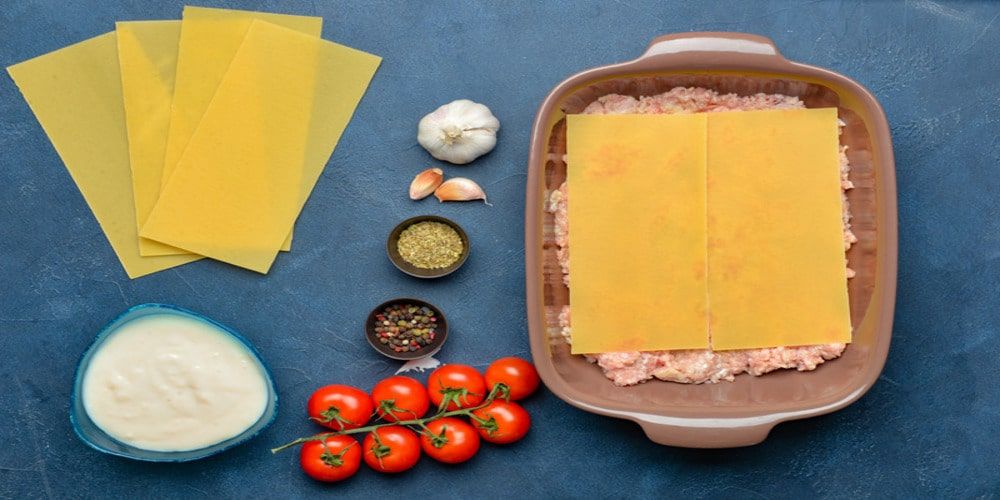
The three main actors in the Bolognese lasagna recipe are ragù, béchamel and egg pasta sheets. But, you know, a good chef needs to also please the eye and so in the classic version, the classic golden sheets are alternated with some green ones, prepared with spinach.
The rich, slow-cooked ragù is the actual heart of the recipe: tradition wants both minced beef and pork, the latter in the form of pancetta. The tomato is cooked for a long time in order to get a thick sauce. The flavours are held together by the béchamel sauce - very easy to make at home - with the addition of nutmeg, granting overall warmth and complexity to the sauce. The succulent parmesan crust covering the last layer is actually a final touch.
In Italy there are many variations of the Bolognese lasagna recipe. The Neapolitan version of the lasagna was probably born in the royal court and is a real feast of flavours. In this variant, known also as "the carnival one", local chefs don’t use egg pasta; they also add the famous dairy products from Campania such as mozzarella, ricotta and provola cheese. But that’s not all! Among the sheets you can find hard-boiled eggs and delicious tiny meatballs.
Central Italy lives its own lasagna dream. In the Marche region you can taste vincisgrassi, very similar to their Bolognese brother, but also boosting chicken giblets and spices and sometimes truffles, for an even stronger flavour. Abruzzo also has its own variation called sagnitelle, featured by no-egg pasta sheets and no béchamel sauce.
Finally, in Sicily the local lasagna is also stuffed with peas and ham, with ricotta replacing the béchamel, while in Veneto the bitter red radicchio from Treviso it is so common to replace the ragù.
Discover the specialties of NaplesWhere to enjoy the best lasagne
The best place to eat lasagna is definitely at grandma's or mom's house. It might be the expertise passed down through the generations, the personal choice of ingredients, and the small tricks of home cooking, but enjoying a lasagna cooked by experienced hands at home is an irreplaceble experience. Understanding how to cook lasagna is also essential to be sure to enjoy an authentic one!
If you wish to live the same experience in a restaurant, we recommend to look for a trattoria, a inn where traditional foods are served. You could also ask your local friends: they will certainly have a favourite place.
In Bologna, book a table at traditional restaurants such as "Diana" (which has been serving delicacies since 1909) or the genuine "Trattoria Anna Maria".
To enjoy a carnival lasagna in Naples, try "Mimì alla Ferrovia" instead, or one the many taverns especially during the carnival period.
One thing is certain: in Italian trattorias you will not run into the green salad served together with or, even, on top of your lasagna, or any other heresy like that.
About the author
Written on 09/01/2024

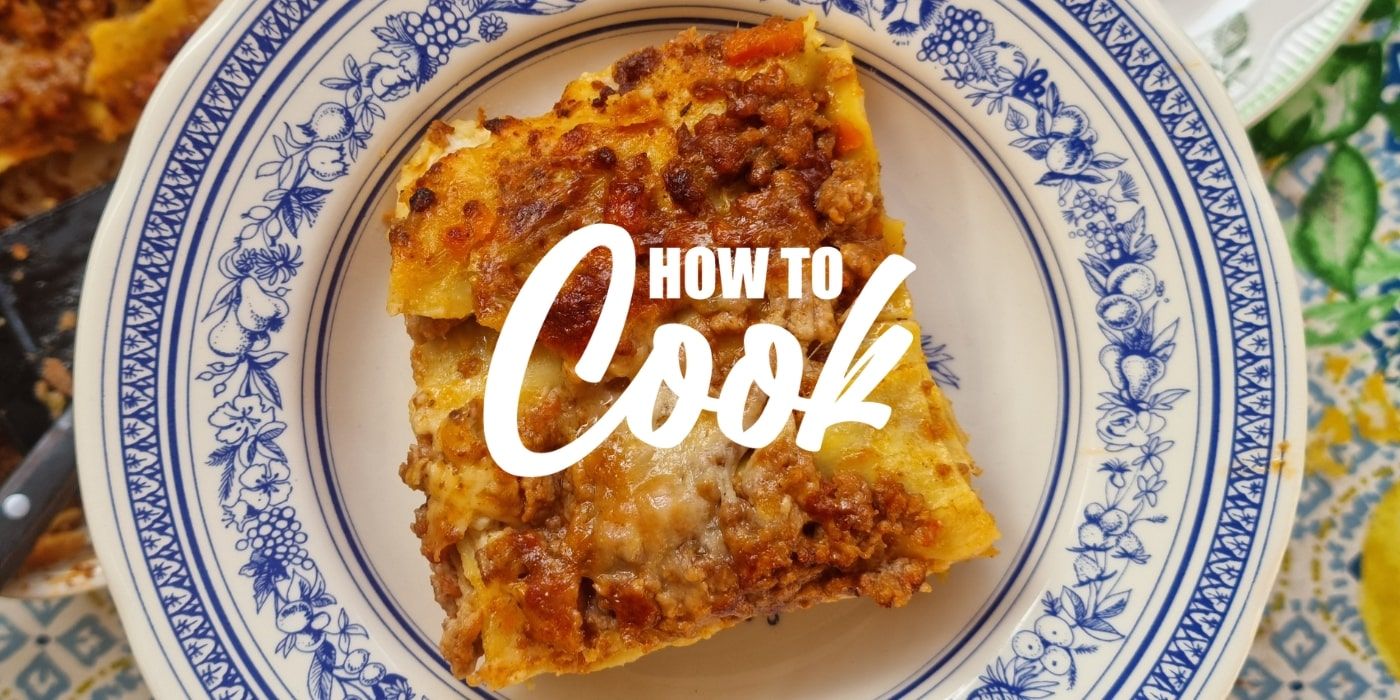
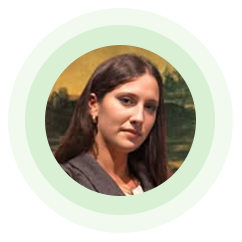
Fabrizio Mariani
Come with us for our tasty journey to learn how to cook lasagna, the quintessence of the Italian cuisine